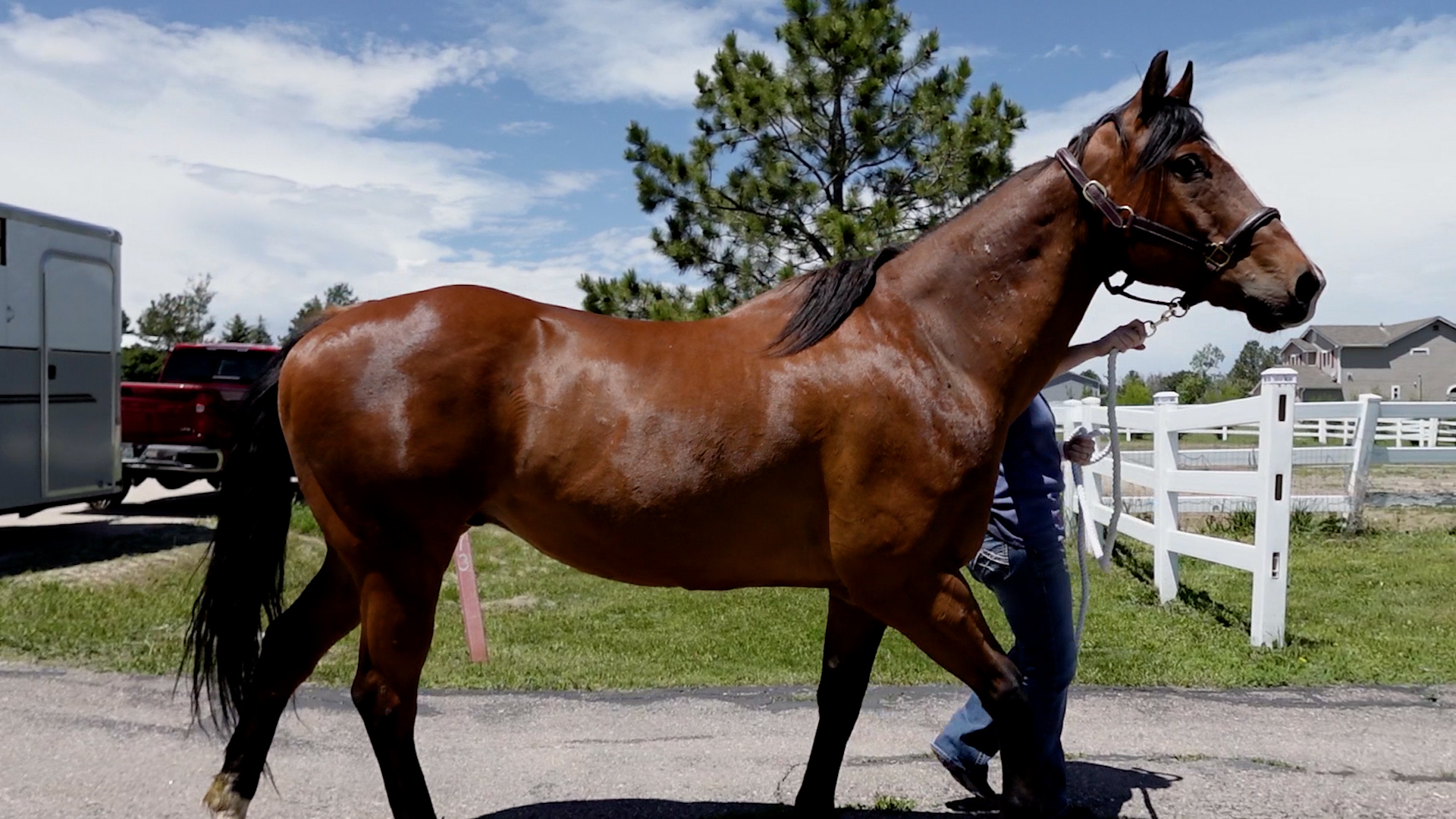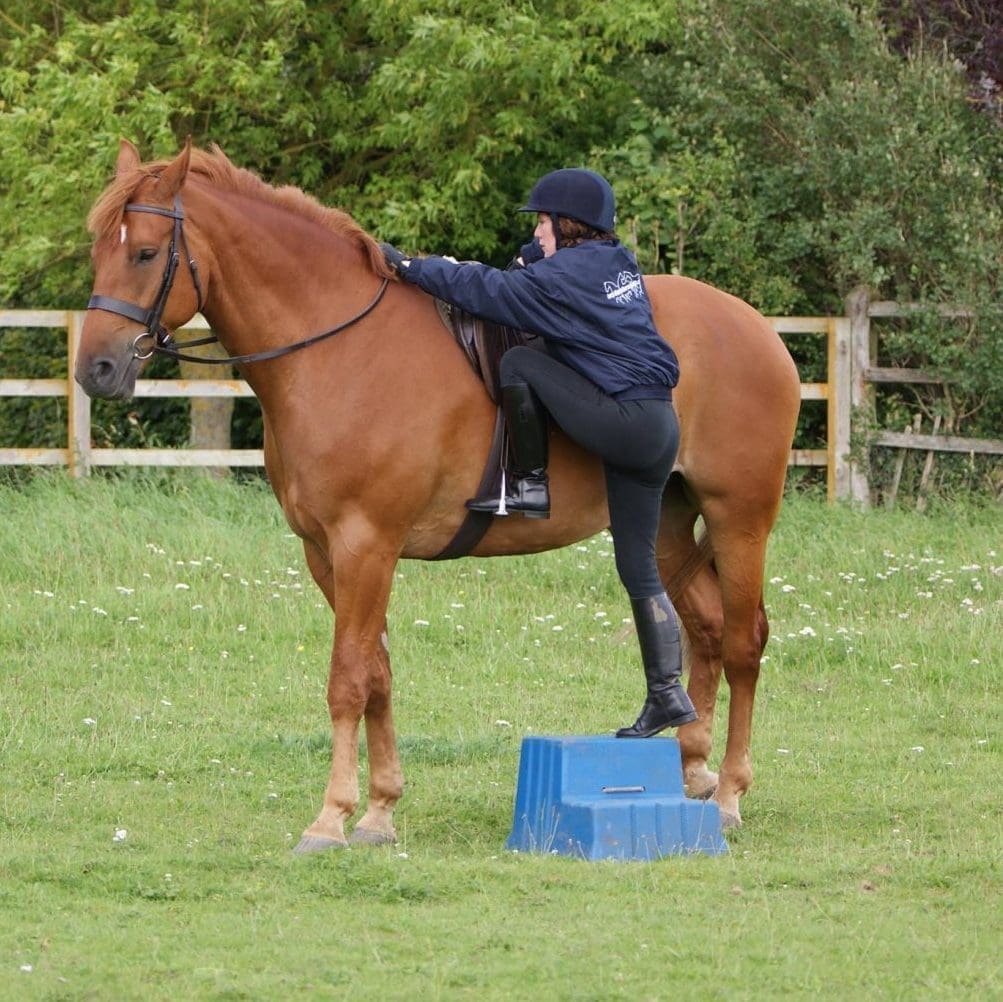Teaching Your Horse to Respond to Minimal Cues: A Detailed Guide

Training your horse to respond to minimal cues is a rewarding process that enhances communication, safety, and performance. This article explores effective techniques, benefits, and practical tips to help you achieve subtle yet clear communication with your equine partner.
Why Teach Minimal Cues?

Minimal cues allow for smoother riding experiences and better horse responsiveness. They reduce the need for forceful commands, fostering trust and cooperation between horse and rider. This approach is especially valuable in disciplines like dressage, trail riding, and competitive events where precision and subtlety are key.
Understanding Horse Behavior and Communication
Horses are highly perceptive animals that communicate primarily through body language. Recognizing their natural responses and signals is essential for teaching minimal cues effectively. This understanding helps tailor your cues to be clear yet gentle.
Key Minimal Cues to Teach Your Horse
| Cue Type | Description | How to Teach |
|---|---|---|
| Leg Pressure | Using subtle leg movements to signal direction or speed changes | Start with clear, consistent pressure and gradually reduce intensity as the horse learns |
| Rein Signals | Gentle rein movements to guide or stop the horse | Use light, consistent rein pressure paired with verbal cues initially |
| Voice Commands | Soft verbal cues for commands like walk, trot, or halt | Pair voice commands with physical cues until the horse associates them |
| Body Position | Rider’s posture and weight shifts to influence horse movement | Practice shifting weight subtly to cue turns or transitions |
Step-by-Step Training Process
- Establish Trust: Build a strong bond through consistent, positive interactions.
- Introduce Clear Cues: Use distinct, repeatable signals for each command.
- Reinforce with Rewards: Use treats, praise, or rest to encourage correct responses.
- Gradually Reduce Cue Intensity: As the horse becomes more responsive, make cues lighter and less obvious.
- Practice Regularly: Consistency is key to maintaining and improving responsiveness.
Common Challenges and Solutions
- Horse Ignores Cues: Reassess clarity and consistency; ensure cues are distinct.
- Over-Responsiveness: Adjust cue intensity to avoid confusion or stress.
- Inconsistent Responses: Increase practice frequency and reinforce with rewards.
Frequently Asked Questions (FAQ)
Q1: How long does it take to teach minimal cues?
A: The timeline varies depending on the horse’s temperament and training history but expect several weeks to months of consistent practice.
Q2: Can minimal cues be used with all horse breeds?
A: Yes, minimal cues are effective across breeds, though some horses may learn faster due to temperament.
Q3: What if my horse doesn’t respond to subtle cues?
A: Revisit foundational training and ensure cues are clear and consistent before reducing intensity.
Teaching your horse to respond to minimal cues enhances your partnership and elevates your riding experience. With patience and consistent practice, subtle communication becomes second nature for both you and your horse.
Would you like me to help improve the clarity or add more examples to this article?
